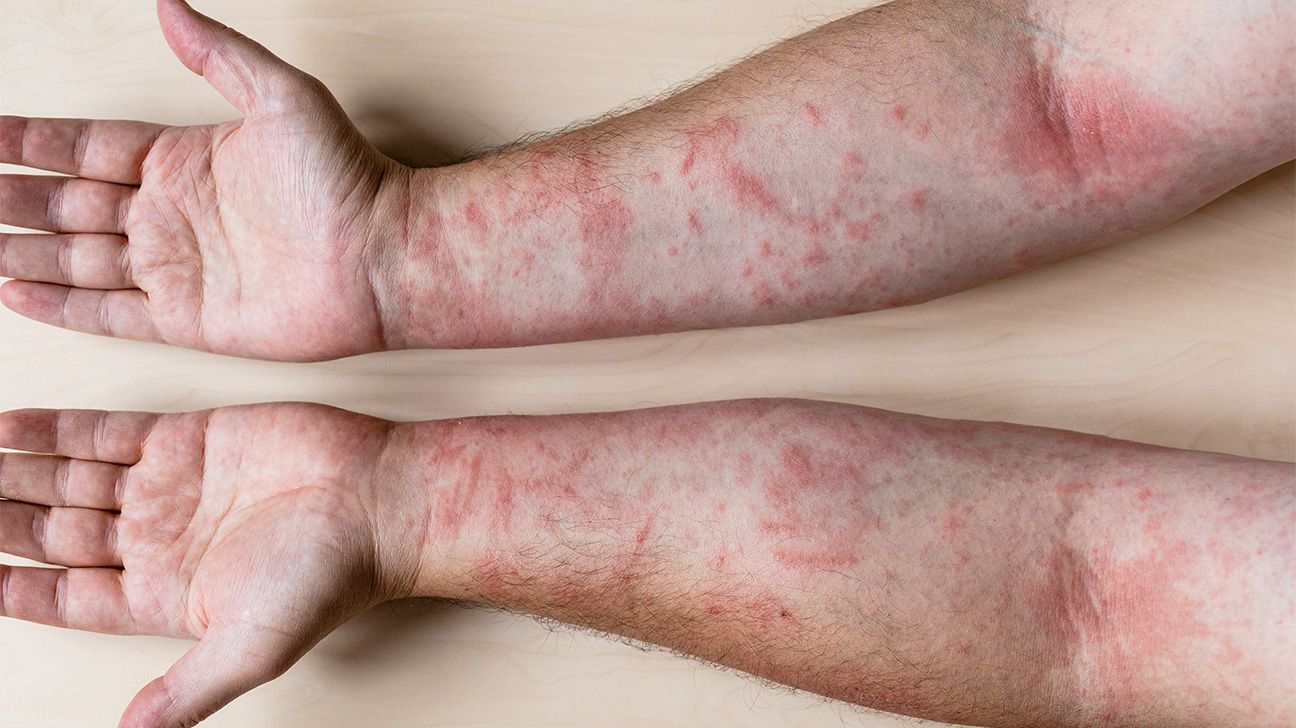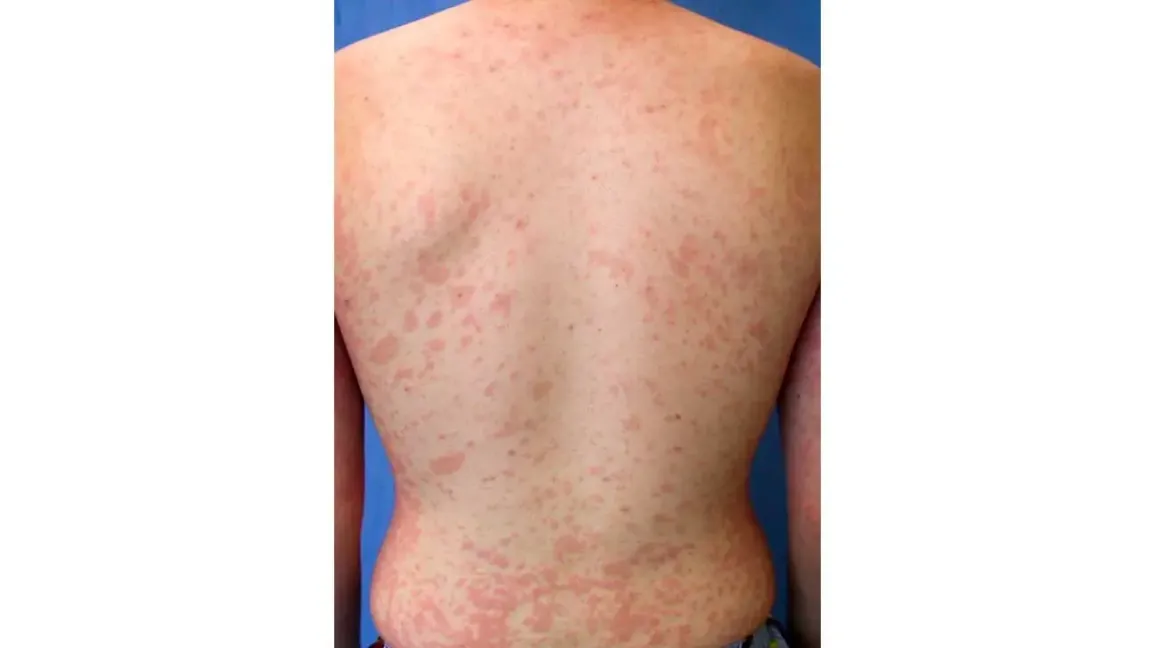Red spots on the skin can be a source of concern for many individuals. These spots can arise from various causes, ranging from benign conditions to serious health issues. Understanding the underlying reasons, symptoms, and treatment options is crucial for effective management. This comprehensive article explores the various aspects related to red spots on the skin.
1. Introduction to Red Spots on the Skin
Red spots on the skin can manifest in different forms, such as rashes, bumps, or tiny dots. They may appear anywhere on the body and can vary in size and intensity. While many red spots are harmless and resolve on their own, some may require medical attention.
2. Common Causes of Red Spots
The appearance of red spots can be attributed to numerous factors:
- Allergic Reactions: Contact dermatitis occurs when the skin reacts to allergens like soaps or plants.
- Infections: Bacterial or viral infections, such as chickenpox or shingles, can lead to red spots.
- Skin Conditions: Conditions like acne or eczema often present with red spots.
- Heat Rash: Blocked sweat glands can cause miliaria, leading to red bumps.
3. Identifying Red Spots
Recognizing the characteristics of red spots is essential for diagnosis:
- Petechiae: Small pinpoint red dots caused by bleeding under the skin.
- Purpura: Larger areas of bleeding that may indicate more serious conditions.
- Cherry Angiomas: Benign growths that appear as small red or purple spots.
4. Symptoms Associated with Red Spots

Symptoms accompanying red spots can vary widely:
- Itching or Burning: Common in allergic reactions and infections.
- Pain or Tenderness: Often associated with conditions like shingles or acne.
- Blisters or Pus: Indicate possible infections that may require medical intervention.
5. Diagnosis of Red Spots
A healthcare professional typically performs a thorough examination to diagnose the cause of red spots. This may include:
- Medical History Review: Understanding past allergies or infections.
- Physical Examination: Assessing the appearance and distribution of spots.
- Laboratory Tests: Blood tests or skin biopsies may be necessary for accurate diagnosis.
6. Treatment Options for Red Spots
Treatment varies based on the underlying cause:
- Topical Treatments: Creams containing hydrocortisone for inflammation relief.
- Antihistamines: Used for allergic reactions to reduce itching and swelling.
- Antibiotics: Prescribed for bacterial infections causing red spots.
7. Home Remedies for Mild Cases
For mild cases, several home remedies may provide relief:
- Cool Compresses: Help soothe irritated skin and reduce inflammation.
- Oatmeal Baths: Can alleviate itching and discomfort associated with rashes.
- Moisturizers: Keeping the skin hydrated can prevent further irritation.
8. When to Seek Medical Attention
Certain signs indicate that medical help is necessary:
- Persistent Red Spots: If they do not improve within a few days.
- Accompanied by Fever: Could indicate an underlying infection.
- Severe Pain or Swelling: May require immediate evaluation by a healthcare provider.
9. Prevention Strategies
Preventing red spots involves several strategies:
- Avoid Allergens: Identifying and steering clear of known irritants can minimize outbreaks.
- Proper Skin Care: Using gentle products tailored to your skin type helps maintain skin health.
- Sun Protection: Wearing sunscreen can prevent sun-induced rashes and irritation.
10. Lifestyle Changes to Consider
Adopting certain lifestyle changes can improve overall skin health:
- Hydration: Drinking plenty of water keeps the skin hydrated.
- Balanced Diet: Consuming foods rich in vitamins A, C, and E supports skin repair.
- Stress Management: Stress can exacerbate skin conditions; practices like yoga and meditation may help.
11. Understanding Specific Conditions Related to Red Spots
Several specific conditions are frequently associated with red spots:
Acne
Acne results from clogged pores leading to inflamed bumps on the face and body.
Eczema
This chronic condition manifests as dry, itchy patches that can become red and inflamed.
Psoriasis
A genetic disorder causing rapid skin cell turnover, leading to thick, scaly patches that can appear red.
Rosacea
A chronic condition characterized by facial redness and visible blood vessels.
12. The Role of Dermatologists
Dermatologists specialize in diagnosing and treating skin conditions. They can provide tailored treatment plans based on individual needs and symptoms.
13. The Impact of Red Spots on Quality of Life
Red spots can affect self-esteem and emotional well-being. Many individuals seek treatment not only for physical discomfort but also for psychological relief.
14. Research and Future Directions
Ongoing research aims to better understand the causes of various skin conditions associated with red spots, potentially leading to more effective treatments.
15. Conclusion
Red spots on the skin can arise from a multitude of causes, each requiring specific approaches for diagnosis and treatment. While many cases are benign, awareness of symptoms and timely medical consultation are crucial for managing more serious conditions effectively. By understanding these aspects, individuals can take proactive steps toward maintaining healthy skin.




